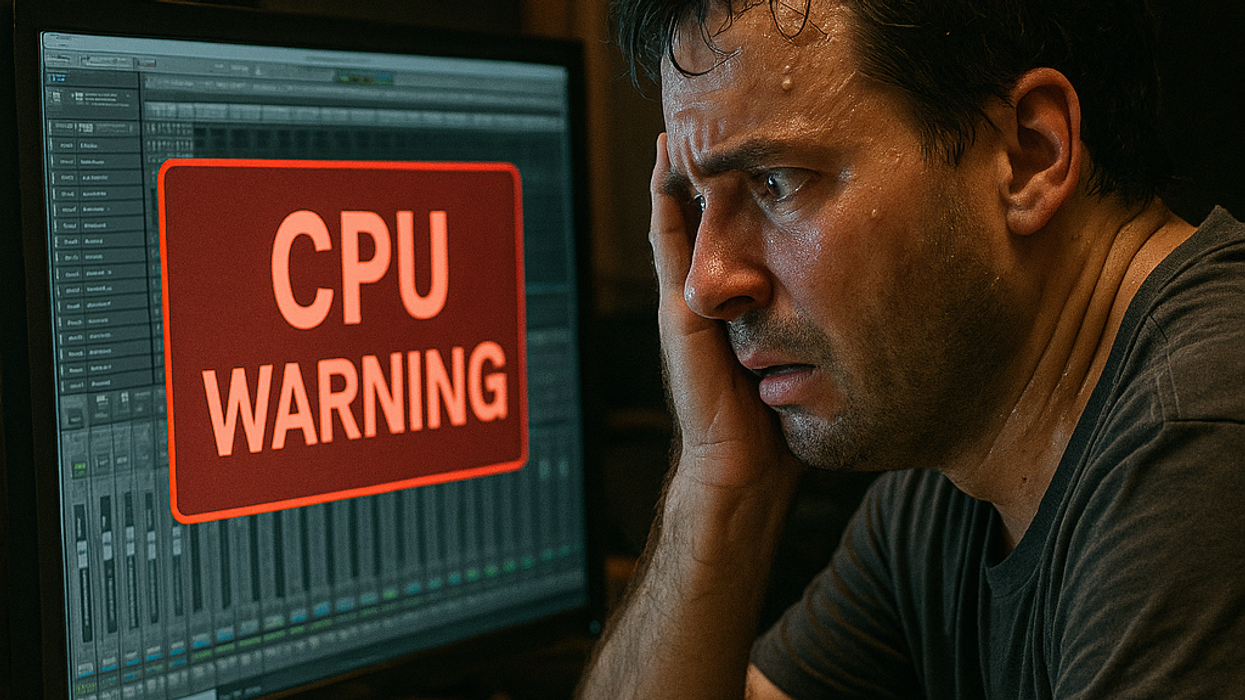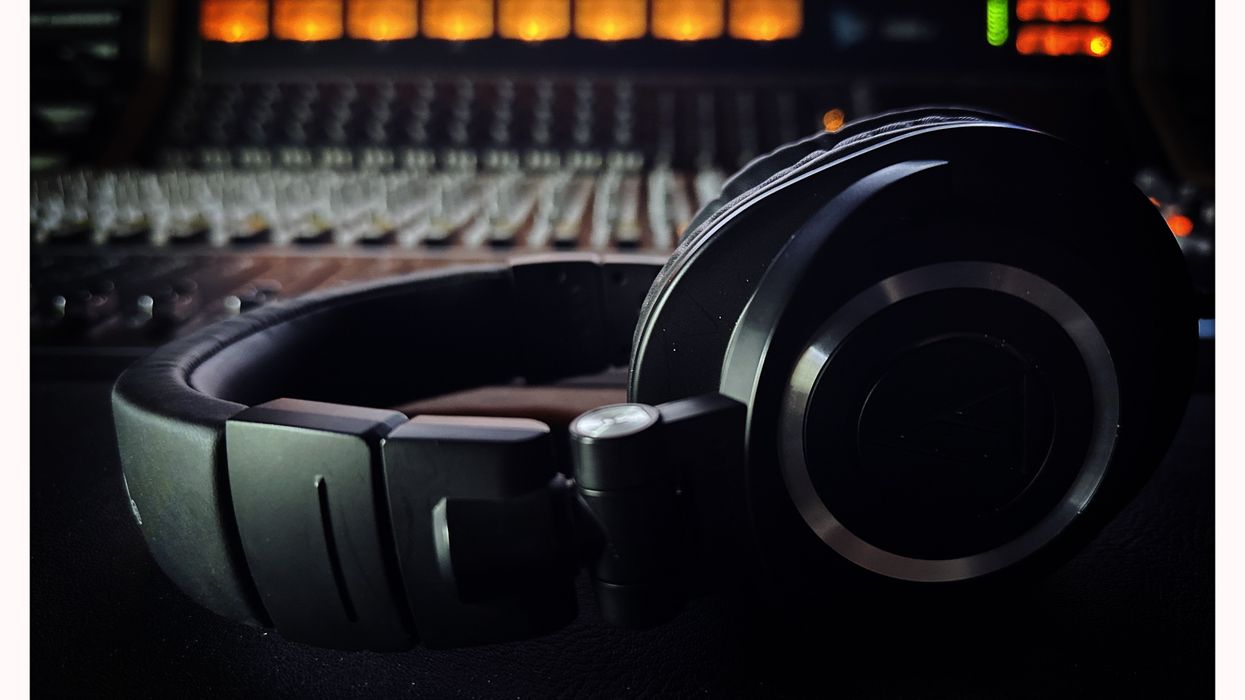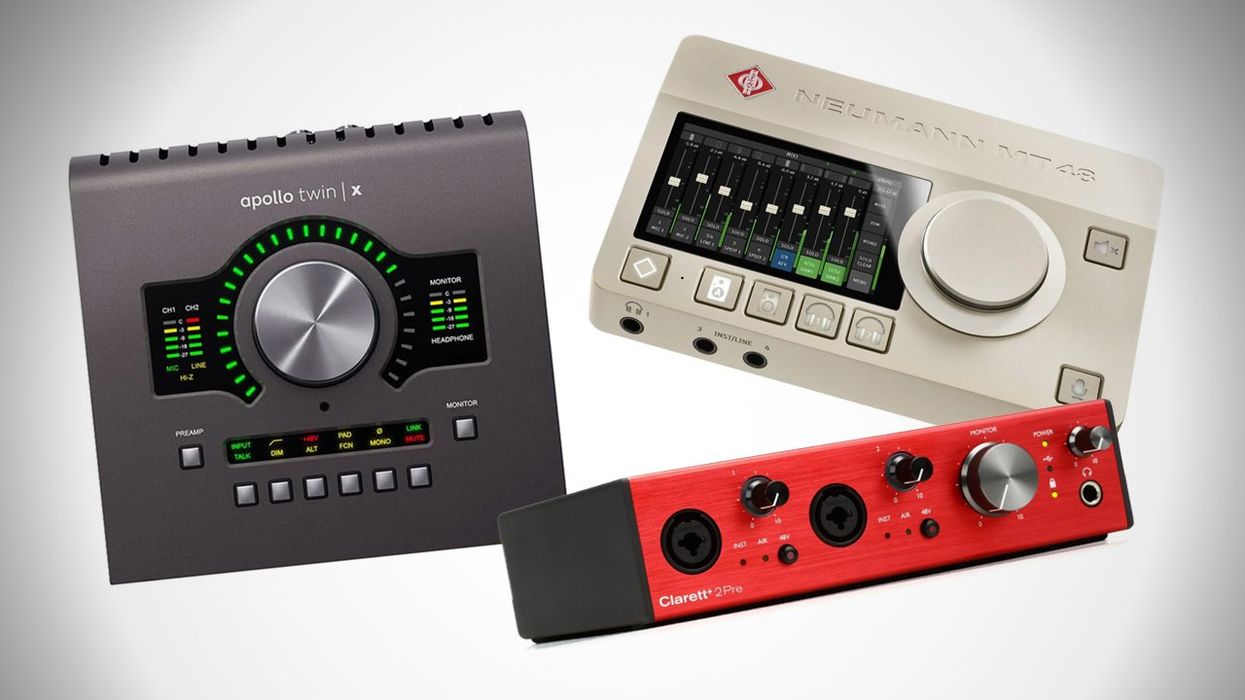Welcome to another Dojo. Before I begin, have a look at Fig.1. Recognize this symbol? You’ve no doubt seen it as a button or switch on mic preamps, audio interfaces, some plugin GUIs, and in your DAW. This is the symbol for phase, and phase is one of the most overlooked fundamental elements that can greatly improve your recordings and mixes. If you’re new to phase, this is not about using your phaser pedal (or plugin), but rather checking that the waveforms of your recordings are in the most optimum relationship with each other. I’m going to start with basic explanations you’ll need to know. Tighten up your belts, the Dojo is now open.
When you perceive sound, you experience ripple-like changes in air pressure. The classic visual example is dropping a stone in a pond and observing the resultant outwardly expanding rings. This change in air pressure is transduced (by microphone diaphragms, speakers, guitar pickups, etc.) into positive and negative voltages, back again into sound waves, and vice/versa. Simply put, a transducer is anything that converts one form of energy into another.
So, when you sing or play guitar into a mic, the changes in air pressure cause the diaphragm of the mic to move back in forth, which generates a tiny electrical current (that’s exactly analogous to the air pressure waves). This current goes into your interface’s mic pre, where it’s amplified and then transduced again into ones and zeroes (the digital version of positive and negative charges). It is then output from your interface and transduced back into an electrical current that causes your headphones or monitor speakers to move back and forth. Then, our eardrums transduce that back into bio-mechanical electrical charges that our brains perceive as sound! That’s a lot of transduction … and all you did was say “check one, two, three!”
Once we start recording music with the same sound source recorded to multiple tracks, like using a DI in conjunction with a mic for recording electric bass, checking phase becomes vitally important! It is here that we want to start toggling that phase button on and off and exploring the multiple ways to phase-align our tracks.
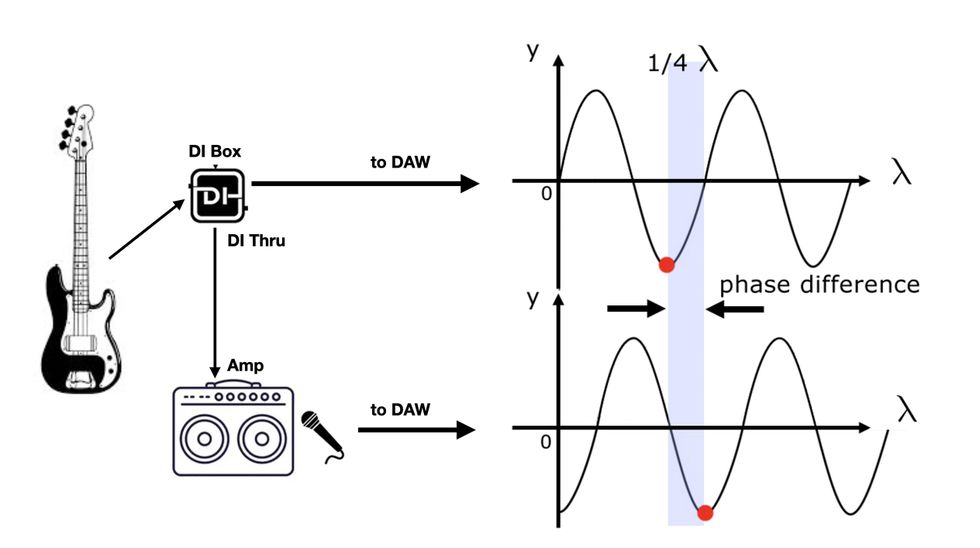
Fig. 2
Start by toggling the phase button on one of the two tracks to invert the polarity of that track’s recorded material and listen to the difference. You can also visually check for phase by zooming into the waveforms of both tracks to see if the two tracks are in phase with each other. (Go online for a visual representation.) Take a look at Fig.2, depending on how far away the mic was placed from the amp’s speaker, the amp track will range in phase relative to the DI track.Depending on how far away the mic was placed from the amp’s speaker, the amp track will range in phase relative to the DI track. In our online illustration, notice how there is a slight difference in each waveform’s peak and trough (red dot) relative to each other (90 degrees out of phase). As phase increases towards 180 degrees, the recorded sound will lose low to upper-midrange frequencies, will start sounding “hollow,” lack energy, and may even seem to disappear altogether—which can happen when two identical sine waves are 180 degrees out of phase.
How do we fix phase? Outside of flipping the polarity of one track by toggling the phase button, this is a loaded question. Musically speaking, phase is a naturally occurring property of acoustics and what we are trying to do here is mitigate the adverse effects of phase in our recordings. “Fixing phase” seems to imply that something is wrong, and that is highly dependent on what is out of phase. For example, using two close mics to record the same 2x12 cab? Make sure your mics are phase-aligned as close as humanly possible, otherwise you’ll have an anemic sounding guitar track. Close micing an acoustic guitar with a DI? The same logic applies. Are your left and right monitors out of phase? Fix it immediately!
Using two close mics to record the same 2x12 cab? Make sure your mics are phase-aligned as close as humanly possible.
Conversely, I find that phase matters less the further the additional mics are away from the source. Trying to record a choir with two overhead mics, two mid-room mics, and two far balcony mics? Start by flipping the phase and systematically listen to how all mic combinations give you the most desirable sound possible. If you don’t like the sound you’re getting, move the mics and check the phase again.
There are other great ways to fix phase and phase align tracks, and that will be the subject of the next Dojo. Until then, keep recording, checking phase, and blessing the world with your gifts. Namaste.





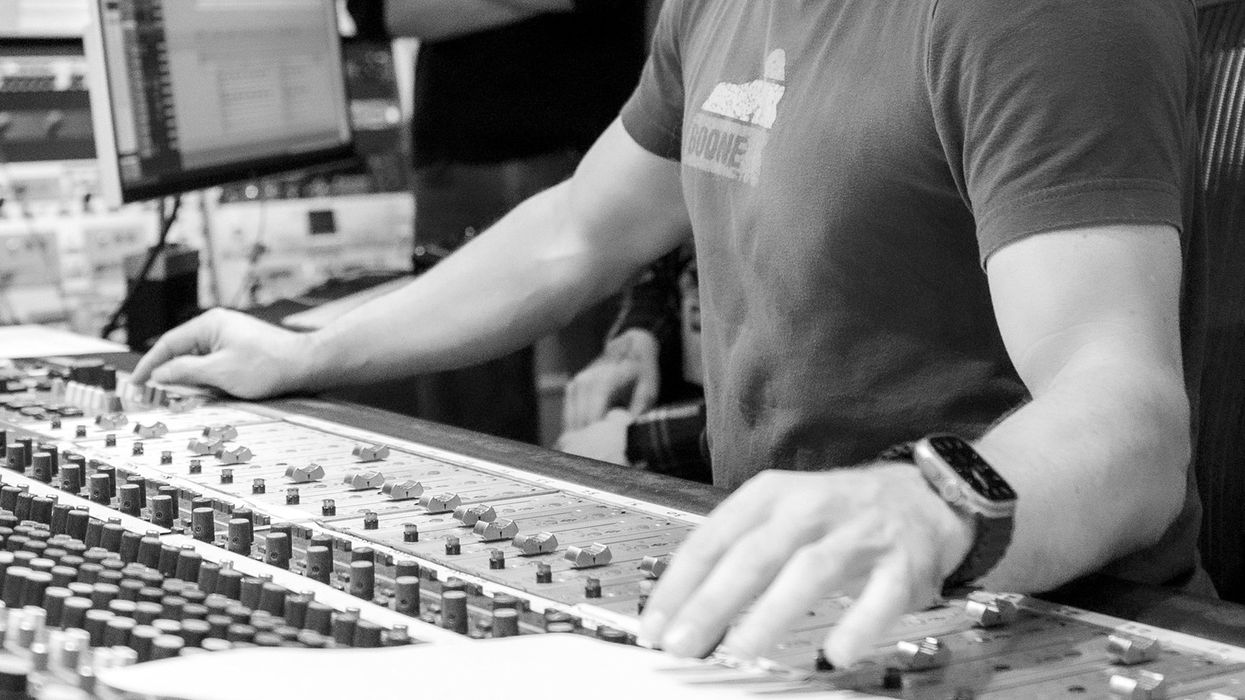
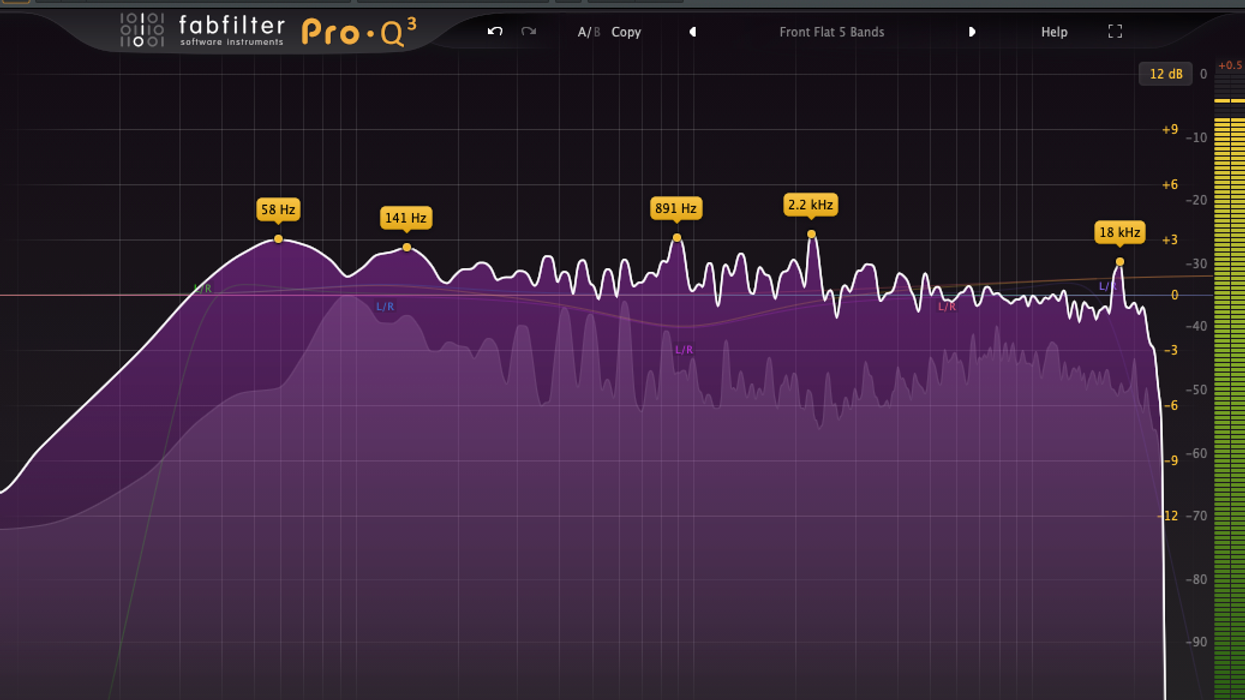



![Rig Rundown: Russian Circles’ Mike Sullivan [2025]](https://www.premierguitar.com/media-library/youtube.jpg?id=62303631&width=1245&height=700&quality=70&coordinates=0%2C0%2C0%2C0)


